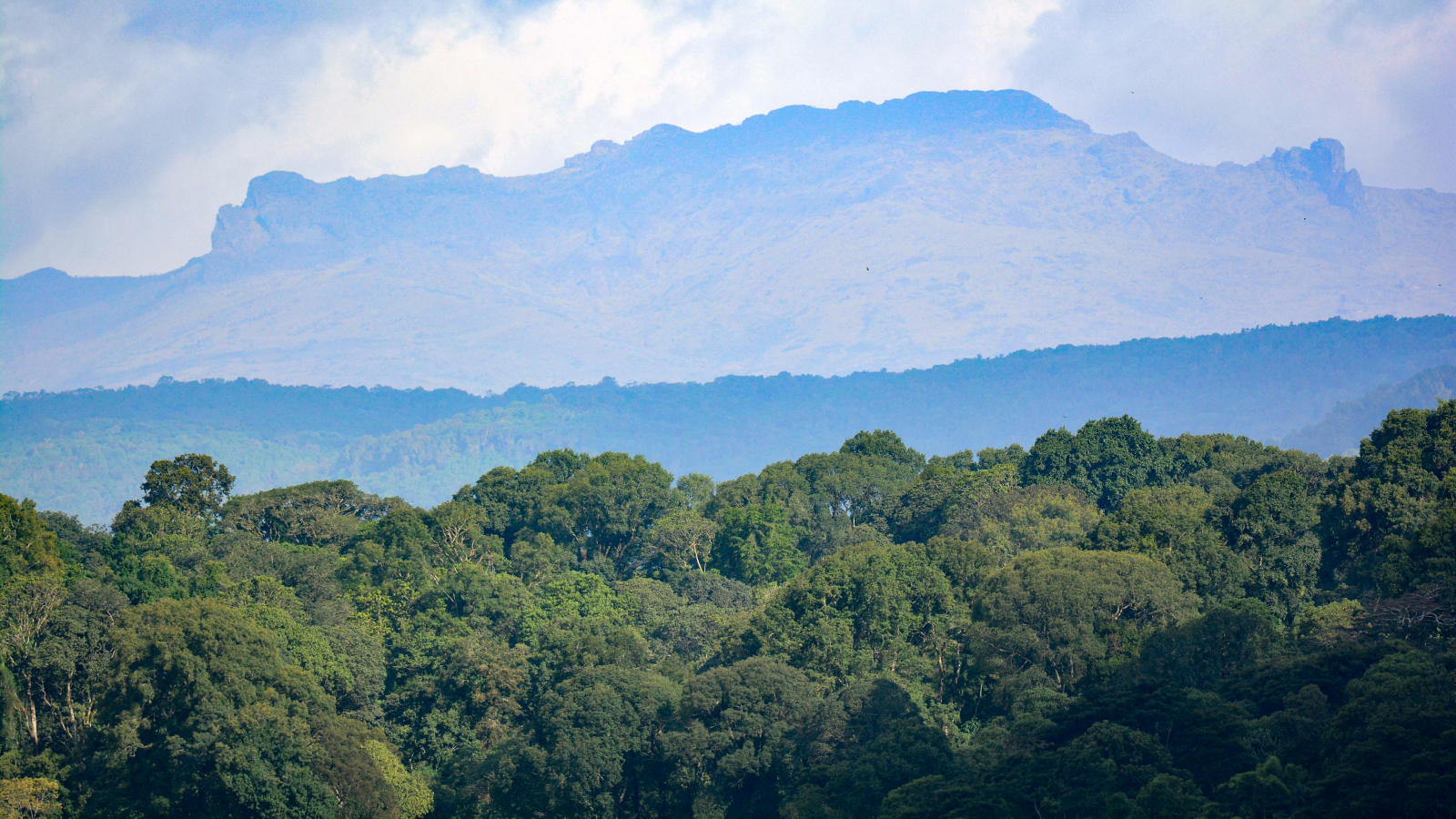Watch Live: Doomsday Clock 2019 Announcement
Update on Jan. 24, at 10:30 a.m. — Read about the Doomsday Clock update on Live Science.
On Jan. 24 at 10 a.m. ET, the Bulletin of the Atomic Scientists (BAS) will announce the coming year's changes to an unusual clock with an ominous-sounding name — the Doomsday Clock — and you can watch it all unfold live here on Live Science, or on the BAS website.
Introduced to the world in 1947, this hypothetical timepiece represents how near humanity inches to our utter destruction (symbolized by the stroke of "midnight"). The closer the clock's hands creep to that fatal hour, the more imminent the global disaster that could wipe out humanity, such as nuclear war or catastrophic climate change, according to the BAS.
Currently, the clock's hands stand at 2 minutes to midnight; they advanced from 2 and a half minutes to midnight on Jan. 25, 2018. [Doomsdays: Top 9 Real Ways the World Could End]
Twice every year, the BAS' Science and Security Board — scientists and other experts in climate science and nuclear weapons technology — gather to deliberate over current events, and to determine how that might influence the clock's position.
Changes to the clock last January stemmed from a combination of factors that dominated the news in 2017, including insufficient global response to climate change; failure of international efforts to divert resources from nuclear arsenals; and an uptick in threats made by world leaders regarding the use of nuclear weapons.
Will the events of 2018 nudge the hands closer to midnight, or swing them back? Watch the announcement live on the BAS website (or on the group's Facebook page) to find out.
Get the world’s most fascinating discoveries delivered straight to your inbox.
- End of the World? Top 10 Doomsday Threats
- Apocalypse Now: The Gear You Need to Survive Doomsday
- The Top 10 Ways to Destroy Planet Earth
Originally published on Live Science.

Mindy Weisberger is a science journalist and author of "Rise of the Zombie Bugs: The Surprising Science of Parasitic Mind-Control" (Hopkins Press). She formerly edited for Scholastic and was a channel editor and senior writer for Live Science. She has reported on general science, covering climate change, paleontology, biology and space. Mindy studied film at Columbia University; prior to LS, she produced, wrote and directed media for the American Museum of Natural History in NYC. Her videos about dinosaurs, astrophysics, biodiversity and evolution appear in museums and science centers worldwide, earning awards such as the CINE Golden Eagle and the Communicator Award of Excellence. Her writing has also appeared in Scientific American, The Washington Post, How It Works Magazine and CNN.


